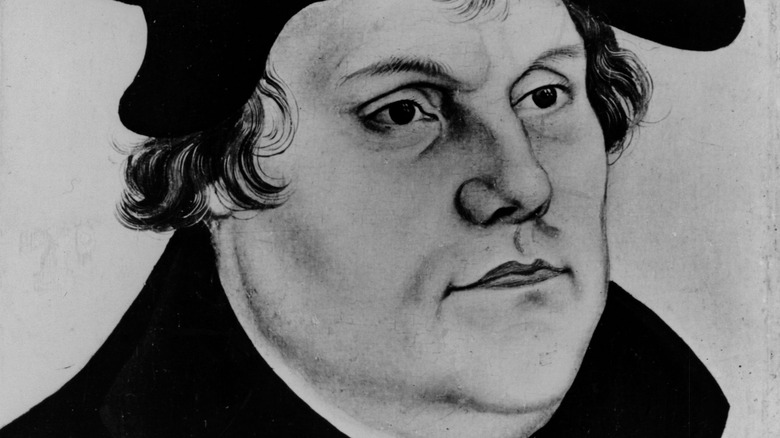How School Was Invented
It may seem like a punishment to the kids forced to attend, but, if you think about it, school is pretty great. An institution that's basically free daycare for parents, where kids can get cheap lunches and participate in sports and learn how to add and read? It's one of those things where, if it didn't exist and a politician proposed it today, they might be called a pie-in-the-sky utopian. So how did school come to be?
Education has always existed as a means of passing down cultural values and practices, but schools first existed when civilization did, according to Britannica — in about 3000 B.C. These schools, in early civilizations like Egypt and Mesopotamia, were primarily for the elite and professions like scribes and priests. In many cultures, this education was restricted primarily to boys; girls received their education at home.
By the classical era, education began to be standardized in schools — Herodotus, writing in 496 BC, references "didaskaleion," meaning a place for instruction. Philosophers such as Plato and Aristotle created systemized institutions of higher learning, where more advanced and abstract ideas could be discussed and refined.
These early schools, however, were still far from the compulsory and state-run education that exists in many places today. So how did our modern school system emerge?
The long development of public schooling
In many ways, early school systems would be recognizable to students today, but for one thing: it wasn't mandatory and it wasn't universal. For instance, medieval Islamic societies, inspired by classical education, had elementary schools and institutions of higher learning and in fact, the most advanced pedagogy of the day, leading to huge scientific breakthroughs in mathematics, astronomy, medicine, and biology (via Britannica). The schools, however, were in practice largely reserved for elites, and women scholars were often excluded (per Oxford Bibliographies) — something which was often true across cultures (via JSTOR).
Public education (here, meaning education that is free at the point of service and funded through tax dollars) came much more recently and was tied to compulsory schooling. In America, for example, though some communities had public schools, schooling wasn't freely available to and mandated for everyone until 1918, according to HowStuffWorks.
In Europe and Europeanized America, mandatory public schooling essentially came out of Protestantism, according to Britannica. Martin Luther called for universal education in 1524 (via University of Arizona), and elites began to see literacy as not just important for society, but for the salvation of the soul. Churches, then, began to create universal school systems that were later secularized by the state and turned into public schools (a process that often took several centuries). America's earliest public schools follow this pattern — its first public school, Boston Latin, was founded by Puritans (via National Geographic).

